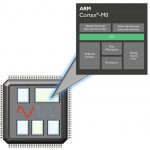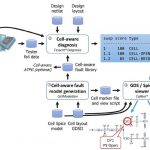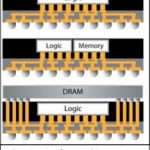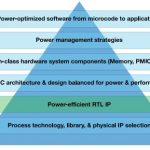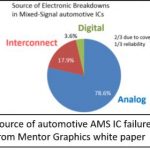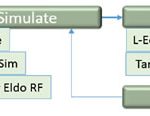You are currently viewing SemiWiki as a guest which gives you limited access to the site. To view blog comments and experience other SemiWiki features you must be a registered member. Registration is fast, simple, and absolutely free so please,
join our community today!
The engineering team for the design and analysis of a complex system consists of a diverse set of skills — with the increasing emphasis on both high-speed interface design and multi-domain power management, a critical constituent of the team is the group of signal integrity (SI) and power integrity (PI) engineers.
The training… Read More
It will soon be 20 years since ClioSoft started its journey of selling design management software for the semiconductor industry. It was a slow start considering that designs were relatively small and only digital front-end designers had begun to realize the importance of version control and design management. With open source… Read More
I often read about the large number of expected IoT design starts around the world, so I started to think about what the barriers are for launching this industry in order to meet the projections. One of my favorite IoT devices is the Garmin Edge 820, a computer for cyclists that has sensors for speed, cadence, power, heart rate, altitude… Read More
In the earliest days of IC design the engineering work was always done at the transistor-level, and then over time the abstraction level moved upward to gate-level, cell-level, RTL level, IP reuse, and high-level modeling abstractions. The higher levels of abstraction have allowed systems to be integrated into an SoC that can… Read More
I caught up with John Ferguson of Mentor Graphics this week to learn more about a recent announcement that TSMC has extended its collaboration with Mentor in the area of Fan-Out Wafer Level Processing (FOWLP).
In March of last year Mentor and TSMC announced that they were collaborating on a design and verification flow for TSMC’s… Read More
It’s hard to believe but this is DesignCon #22 and being a Silicon Valley conference I have attended my fair share of them. This year it seems like high speed communications will take the lead followed by the latest on PCB design tools, power and signal integrity, jitter and crosstalk, test and measurement tools, parallel … Read More
ARM has become such a worldwide powerhouse in delivering processors to the semiconductor IP market because they have done so many things well: IP licensing model, variety, performance, and low-power. On my desk are two devices with ARM IP, a Samsung Galaxy Note 4 smart phone and a Google tablet. Most of my readers will likely have… Read More
A few weeks back I wrote an article mentioning that Mentor Graphics has been quietly working on solutions for photonic integrated circuits (PICs) for some time now, while one of their competitors has recently established a photonics beachhead. One of the most common challenges for PIC designs is their curvilinear nature, thus… Read More
For decades, digital test has been fully automated including methodologies and automation for test pattern generation, grading and test time compression. Automation for analog and mixed-signal (AMS) IC test has not however kept pace. This is troubling as according to IBSapproximately 85% of SoC design starts are now AMS designs.… Read More
IoT edge device design means four domains – MEMS, analog, digital, and RF – not only work together, but often live on the same die (or substrate in a 2.5D process) and are optimized for power and size. Getting these domains to work together effective calls for an enhanced flow.
Historically, these domains have not played together … Read More




